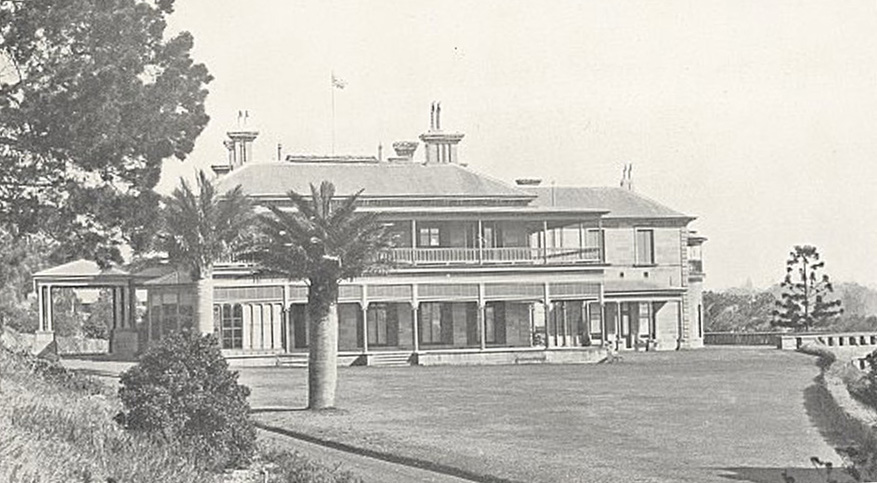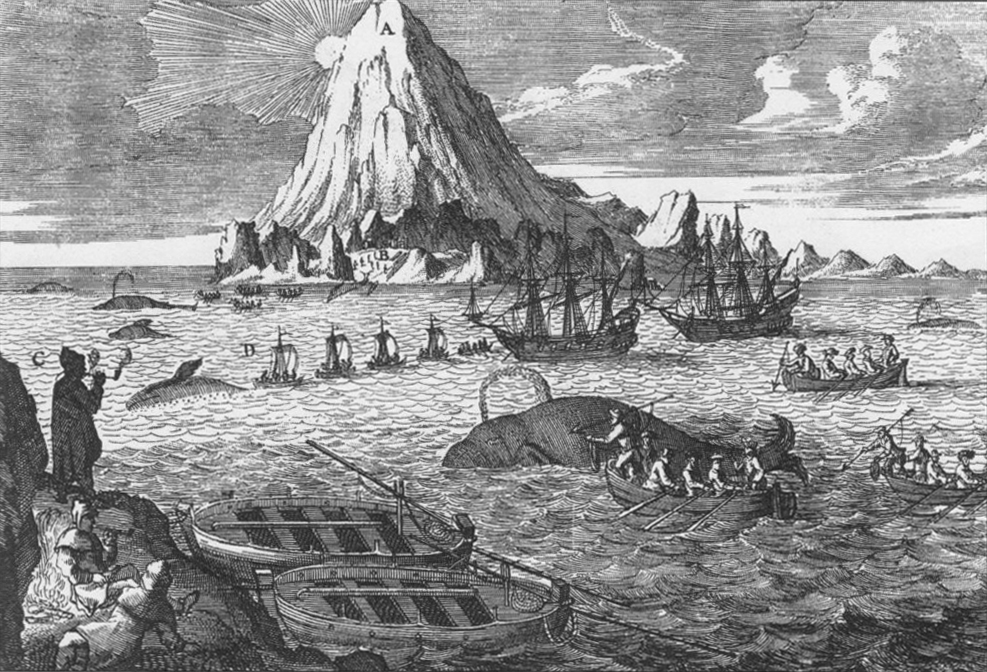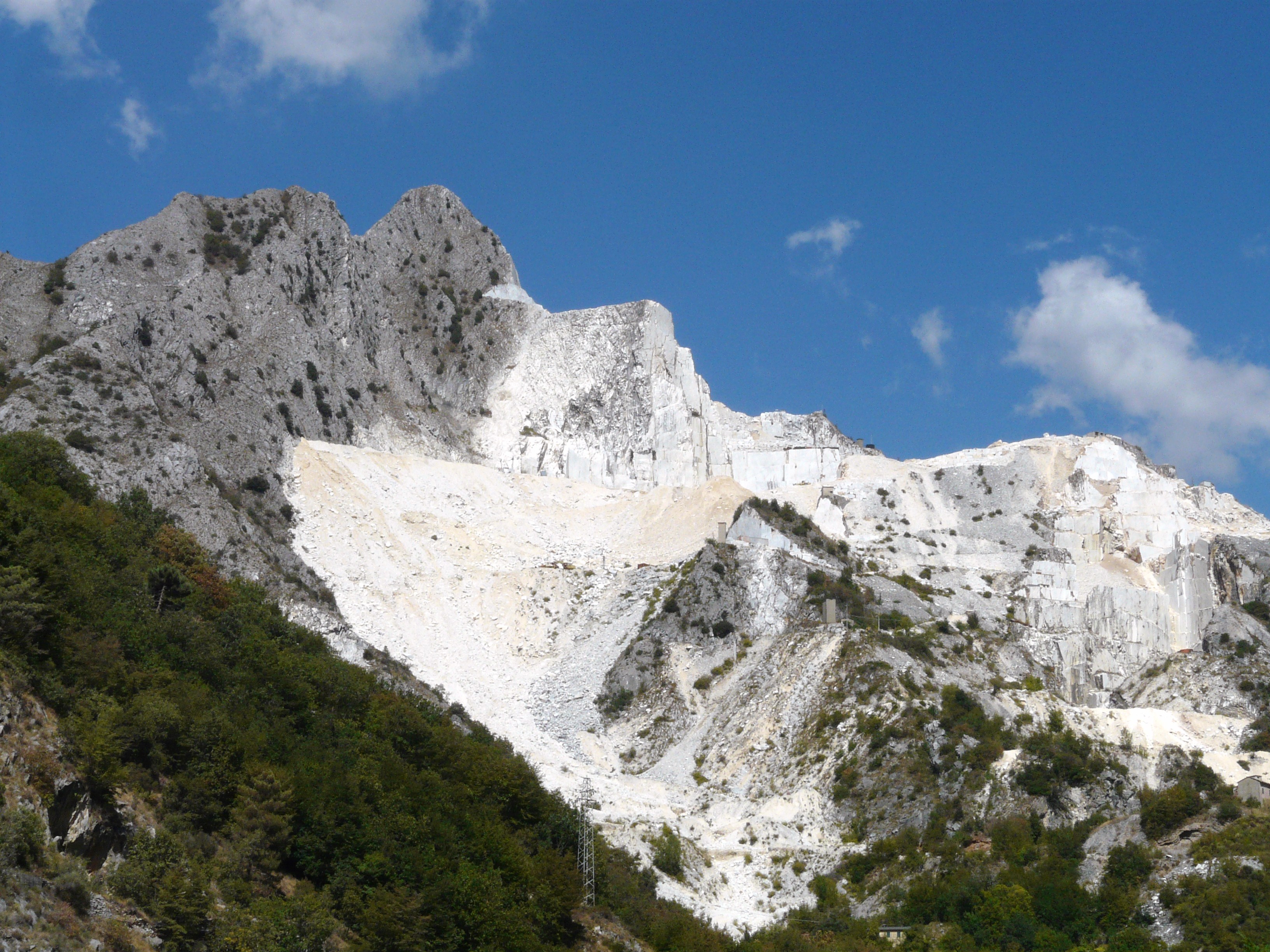|
Millers Point Conservation Area
Millers Point Conservation Area is a heritage-listed historic precinct at Millers Point, Sydney, City of Sydney, New South Wales, Australia. The property is owned by the New South Wales Land and Housing Corporation. It was added to the New South Wales State Heritage Register on 2 April 1999. History Aboriginal occupation Prior to European settlement the Millers Point area was part of the wider Cadigal territory, in which the clan fished, hunted and gathered shellfish from the nearby mudflats. Shellfish residue was deposited in middens, in the area known to the early Europeans as Cockle Bay; the middens were later used by the Europeans in lime kilns for building purposes. The Millers Point area was known to the Cadigal as ''Coodye'', and Dawes Point as ''Tar-ra/Tarra''.Sydney City Council, 2019 In the years following European colonisation of the eastern coast of Australia, the Cadigal population, as among the wider Indigenous community, was devastated by the introduction ... [...More Info...] [...Related Items...] OR: [Wikipedia] [Google] [Baidu] |
Millers Point, New South Wales
Millers Point is an inner-city suburb of Sydney, in the state of New South Wales, Australia. It is on the north-western edge of the Sydney central business district, adjacent to The Rocks and is part of the local government area of the City of Sydney. Millers Point lies on the southern shore of Sydney Harbour, beside Darling Harbour. The Barangaroo development is taking place on 22 hectares of land on the western side of the suburb. Sections of Millers Point have been included as part of The Rocks area in the past and some residents and businesses still use it in their address. History On 30 June 1814 Thomas Miller, a Sergeant in the 73rd Regiment of Foot, received a grant of land from the governor. A small mill that was owned by an ex-convict, Jack Leighton was located here. The area became known as Jack, the Miller's Point. In 1833 Governor Bourke granted the Catholic Church land at Millers Point for the construction of a school house that could serve as a chapel on Sund ... [...More Info...] [...Related Items...] OR: [Wikipedia] [Google] [Baidu] |
Philip Gidley King
Captain Philip Gidley King (23 April 1758 – 3 September 1808) was a British politician who was the third Governor of New South Wales. When the First Fleet arrived in January 1788, King was detailed to colonise Norfolk Island for defence and foraging purposes. As Governor of New South Wales, he helped develop livestock farming, whaling and mining, built many schools and launched the colony's first newspaper. But conflicts with the military wore down his spirit, and they were able to force his resignation. King Street in the Sydney CBD is named in his honour. Early years and establishment of Norfolk Island settlement Philip Gidley King was born at Launceston, England on 23 April 1758, the son of draper Philip King, and grandson of Exeter attorney-at-law John Gidley. He joined the Royal Navy at the age of 12 as captain's servant, and was commissioned as a lieutenant in 1778. King served under Arthur Phillip who chose him as second lieutenant on HMS ''Sirius'' for the exped ... [...More Info...] [...Related Items...] OR: [Wikipedia] [Google] [Baidu] |
Hero Of Waterloo Hotel
Hero of Waterloo Hotel is a heritage-listed pub located at 81-83 Lower Fort Street, in the inner city Sydney suburb of Millers Point in the City of Sydney local government area of New South Wales, Australia. It was built from 1843 to 1844. The property is privately owned. It was added to the New South Wales State Heritage Register on 2 April 1999. History The site of the Hero of Waterloo Hotel on the south side of Windmill Street was located in the government reserve. In 1831 the Town Surveyor, Ambrose Hallen reported that John Clarke had fenced in the site and his ownership was challenged. Clarke produced a legal transfer from the son of John Leighton (Jack the Miller, after who Millers Point was named). David Leighton had purchased it from Patrick Marmount who was said to have received it as compensation from Governor Lachlan Macquarie for land resumed for the new Military Hospital. It was 1841 before the grant was formalised for John Clarke. The site was first occupied ... [...More Info...] [...Related Items...] OR: [Wikipedia] [Google] [Baidu] |
Lord Nelson Hotel, Millers Point
The Lord Nelson Hotel is a heritage-listed pub and hotel located at 19 Kent Street, Millers Point, an inner-city Sydney suburb, in the City of Sydney local government area of New South Wales, Australia. It was built by James Dempsey around 1814 to 1815. James Dempsey was originally a stonemason born in Ireland. It is the oldest working licensed hotel in Sydney. It was added to the New South Wales State Heritage Register on 2 April 1999. History Millers Point was originally named by Europeans as Cockle Bay Point but was renamed Miller's Point after an ex-convict, John "Jack the Miller" Leighton. The area at the north end of Kent Street and the western end of Windmill Street was known as "The Quarries" and supplied a large part of the early stone for Sydney. The land on which the hotel is situated was part of two Crown Grants: to the plasterer Wells dated 14 May 1836 and (in trust) to Richard Drier dated 30 November 1840. A census of 1834, however, indicates that there were th ... [...More Info...] [...Related Items...] OR: [Wikipedia] [Google] [Baidu] |
Garrison Church (Sydney)
The Garrison Church is a heritage-listed active Anglican church building located at Argyle Street in the inner city Sydney suburb of Millers Point in the City of Sydney local government area of New South Wales, Australia. It was designed by Henry Ginn (1st stage), Edmund Blacket (2nd stage) and built from 1840 to 1846 by Edward Flood and George Patton. It is also known as Holy Trinity Anglican Church and Hall. The property is owned by Anglican Church Property Trust and was added to the New South Wales State Heritage Register on 2 April 1999. The Garrison Church is the first military church built in colonial Australia. It continues as an active Anglican church, and since 1 November 2013 has operated in a joint parish with St Philip's Church, part of the Diocese of Sydney. History Despite the proximity of Miller's Point to The Rocks and the initial settlement of Sydney, the inaccessibility of Miller's Point meant it was not settled until 1810s. Industry began in the 1820s w ... [...More Info...] [...Related Items...] OR: [Wikipedia] [Google] [Baidu] |
St Brigid's Roman Catholic Church
St Brigid's Roman Catholic Church is a heritage-listed Roman Catholic church building located at 14, 16 Kent Street, in the inner city Sydney suburb of Millers Point in the City of Sydney local government area of New South Wales, Australia. It is also known as St. Brigid's Roman Catholic Church & School, St Brigid's, and St Bridget's. The property is owned by Saint Brigid's Roman Catholic Church. It was added to the New South Wales State Heritage Register on 2 April 1999. St Brigid's Church is the oldest surviving place of Catholic worship in Australia. History The Roman Catholic Church was not formally recognised in Australia until 1820 with the arrival of Fathers Connolly and Therry, although unofficial churches and schools are believed to have operated in the colony prior to that time. St Brigid's is typical of the early development of educational facilities in New South Wales, which were either privately operated or church run. State run schools did not come into being u ... [...More Info...] [...Related Items...] OR: [Wikipedia] [Google] [Baidu] |
Robert Campbell (Australian Politician)
Robert Campbell (5 October 1804 – 30 March 1859) was an early opponent of penal transportation and an Australian politician, Colonial Treasurer of New South Wales. He was also an elected as a member of the New South Wales Legislative Council and later, the New South Wales Legislative Assembly. Campbell was the second son of Robert Campbell and born at Campbell's Wharf, The Rocks in Sydney, Australia. In 1810, his parents sent him to Pimlico, London, England to be educated and he returned in 1819. In 1827, Campbell joined his father's company Campbell and Co. One of his first duties was in January 1828 to travel to England on company business on the barque ''Lady Blackwood'' (John Dibbs, Master), returning to Sydney in March 1830, again on the ''Lady Blackwood''. In 1829, (in England) he became active in the anti-transportation campaign. In the early 1830s, he refused to sit on a jury that included emancipists in order to draw attention to this cause and as a result bec ... [...More Info...] [...Related Items...] OR: [Wikipedia] [Google] [Baidu] |
Robert Towns
Robert Towns (10 November 1794 – 11 April 1873) was a British master mariner who settled in Australia as a businessman, sandalwood merchant, colonist, shipowner, pastoralist, politician, whaler and civic leader. He was the founder of Townsville, Queensland. After a career at sea as a master mariner based in Britain, Towns came to Australia in 1843 as the agent for London merchant Robert Brooks (MP). He also became a merchant in his own right in Sydney with involvement in the sandalwood and pelagic whaling trades. He was an importer of sugar and tea, and an exporter of wool, whale oil, cotton and other commodities. He became a pastoralist and pioneered the cultivation of cotton in Queensland. The head office of Robert Towns & Company was in Sydney with branch offices in Melbourne, Brisbane, Dunedin and Townsville. His far flung trading connections saw him do business with merchants in Mauritius, India, Ceylon (Sri Lanka), the Dutch East Indies (Indonesia), the Philippines, New ... [...More Info...] [...Related Items...] OR: [Wikipedia] [Google] [Baidu] |
Whaling
Whaling is the process of hunting of whales for their usable products such as meat and blubber, which can be turned into a type of oil that became increasingly important in the Industrial Revolution. It was practiced as an organized industry as early as 875 AD. By the 16th century, it had risen to be the principal industry in the Basque coastal regions of Spain and France. The industry spread throughout the world, and became increasingly profitable in terms of trade and resources. Some regions of the world's oceans, along the animals' migration routes, had a particularly dense whale population, and became the targets for large concentrations of whaling ships, and the industry continued to grow well into the 20th century. The depletion of some whale species to near extinction led to the banning of whaling in many countries by 1969, and to an international cessation of whaling as an industry in the late 1980s. The earliest known forms of whaling date to at least 3000 BC. Coasta ... [...More Info...] [...Related Items...] OR: [Wikipedia] [Google] [Baidu] |
Quarrying
A quarry is a type of open-pit mine in which dimension stone, rock, construction aggregate, riprap, sand, gravel, or slate is excavated from the ground. The operation of quarries is regulated in some jurisdictions to reduce their environmental impact. The word ''quarry'' can also include the underground quarrying for stone, such as Bath stone. Types of rock Types of rock extracted from quarries include: *Chalk *China clay *Cinder *Clay *Coal *Construction aggregate (sand and gravel) * Coquina *Diabase *Gabbro *Granite * Gritstone *Gypsum *Limestone *Marble *Ores *Phosphate rock *Quartz *Sandstone *Slate *Travertine Stone quarry Stone quarry is an outdated term for mining construction rocks (limestone, marble, granite, sandstone, etc.). There are open types (called quarries, or open-pit mines) and closed types ( mines and caves). For thousands of years, only hand tools had been used in quarries. In the 18th century, the use of drilling and blasting operations was ... [...More Info...] [...Related Items...] OR: [Wikipedia] [Google] [Baidu] |
Dawes Point Battery
The Dawes Point Battery remains is a heritage-listed former artillery fortification and now visitor attraction located adjacent to the southern pylon of the Sydney Harbour Bridge at Hickson Road in inner city Sydney, on the boundary between Dawes Point and The Rocks in the City of Sydney local government area of New South Wales, Australia. It was built and modified from 1791 to 1925 by Lieutenant William Dawes, Robert Ross, Francis Greenway, and George Barney. The property is owned by Property NSW, an agency of the Government of New South Wales. It was added to the New South Wales State Heritage Register on 10 May 2002. History Dawes Point is a prominent landmark in Sydney Harbour, terminating the western arm of Sydney Cove. It has a rich documented history beginning with the one of the earliest recorded cultural exchanges between the Eora Aboriginals and the First Fleet. Subsequently, it remained in government ownership both as a place of strategic administration, de ... [...More Info...] [...Related Items...] OR: [Wikipedia] [Google] [Baidu] |
William Dawes (British Marines Officer)
William Nicolas Dawes (1762–1836) was an officer of the British Marines, an astronomer, engineer, botanist, surveyor, explorer, abolitionist, and colonial administrator. He traveled to New South Wales with the First Fleet on board . Early life William Dawes was born at Portsmouth, Hampshire, in early 1762, the eldest child of Benjamin and Elizabeth (Sinnatt) Dawes. He was christened there on 17 March 1762. His father was a clerk of works in the Ordnance Office at Portsmouth. He joined the marines as a Second Lieutenant on 2 September 1779. He was wounded in action against the French Navy under the Comte de Grasse at the Battle of the Chesapeake in 1781. Dawes volunteered for service with the New South Wales Marine Corps, which accompanied the First Fleet. Because he was known as a competent astronomer, he was asked to establish an observatory and make astronomical observations on the voyage and in New South Wales. New South Wales From March 1788 Dawes was employed in the sett ... [...More Info...] [...Related Items...] OR: [Wikipedia] [Google] [Baidu] |
.jpg)
.jpg)



